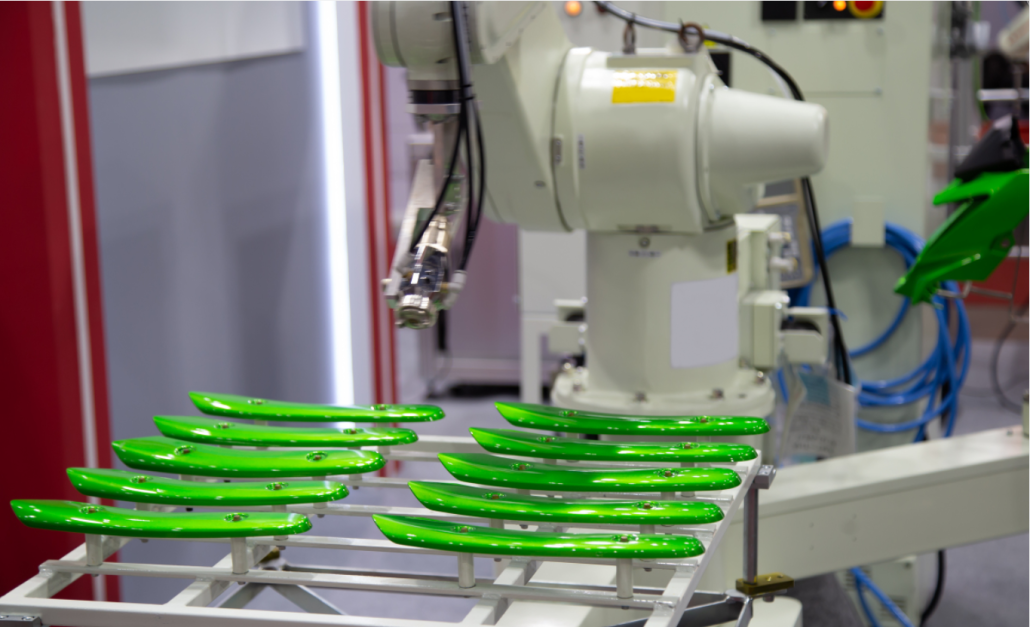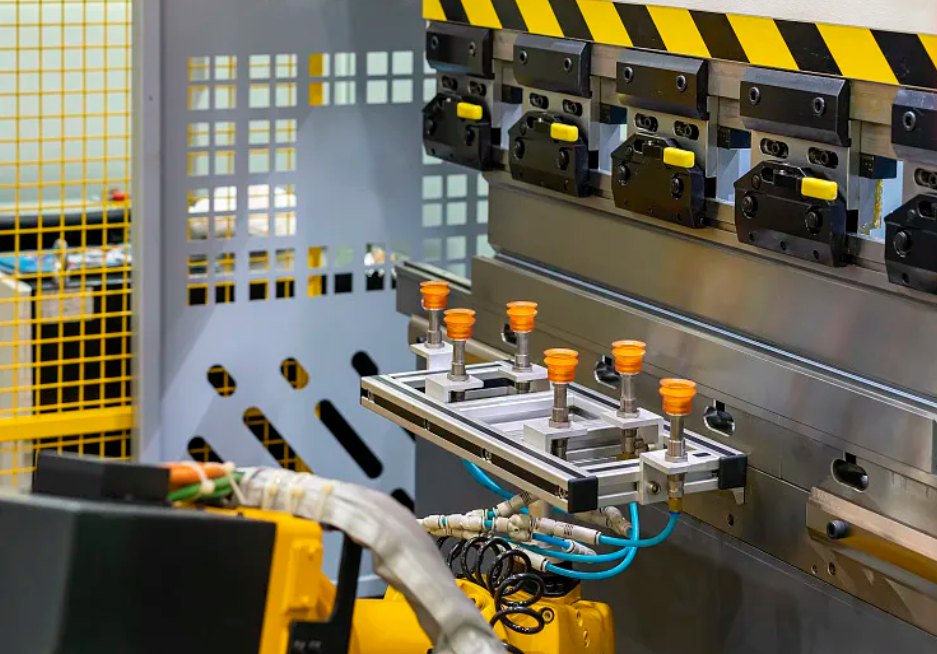If you want to manufacture products through injection molding, you need to understand the different types of plastics that can be used. The type of plastic you choose is crucial as it affects cost, quality, and durability of the final product.
In this article, we will delve into the different types of plastics commonly used in injection molding, so that you can make informed decisions before starting the project.

First, let’s discuss the main types of plastics that can be used in injection molding: thermoplastics and thermosetting plastics. Thermoplastics are the most commonly used type of plastic injection molding because they can be melted and reshaped multiple times without undergoing any significant chemical changes. Thermosetting plastics, on the other hand, can only be molded once, after which they become rigid and can’t be reshaped.
Within these two categories, there are many different types of plastics that can be used, including:
Acrylonitrile Butadiene Styrene (ABS)
ABS is a thermoplastic polymer that is widely used in injection molding because it’s strong, lightweight, and can be molded into complex shapes. It’s commonly used to make automotive parts, electronic housings, and toys.
Polypropylene (PP)
PP is a thermoplastic polymer that is very versatile and can be used in a wide range of applications. It’s commonly used to make containers, packaging materials, and automotive parts.

Polycarbonate (PC)
PC is a thermoplastic polymer that is highly transparent and impact-resistant, making it ideal for use in applications where visibility or impact resistance is required. It’s commonly used in the production of lenses for eyewear, windows, and electronic housings.
Polyethylene (PE)
PE is a thermoplastic polymer that is widely used in injection molding because of its low cost and flexibility. It’s commonly used to make packaging materials, trash bags, and toys.
Polyvinyl Chloride (PVC)
Polyvinyl chloride is a thermoplastic polymer widely used in injection molding due to its durability, chemical resistance, and weather resistance. It is typically used for manufacturing pipes, cables, and automotive interiors.
Now that we’ve covered some of the most common types of plastics used in injection molding, let’s discuss some key factors to consider when choosing a material:
Strength and Durability
You want to choose a plastic that will be able to withstand the conditions of your product’s usage. Consider factors like impact resistance, heat resistance, and weathering resistance.

Cost
The cost of the plastic you choose will play a significant role in determining the overall cost of your project. Keep in mind that some plastics are more expensive than others.
Appearance
If the appearance of your final product is crucial, you’ll want to choose a plastic that can be molded into the desired shape and has the appropriate level of transparency or opacity.
Sustainability
Many companies are now prioritizing sustainability and using materials that are environmentally friendly. Choose a plastic that aligns with your company’s values.
In summary, selecting the correct plastic type is crucial for successful injection molding. When making decisions, factors such as strength, cost, appearance, and sustainability should be considered. With this information, you will be able to make informed decisions and create high-quality, durable products that meet your needs.

